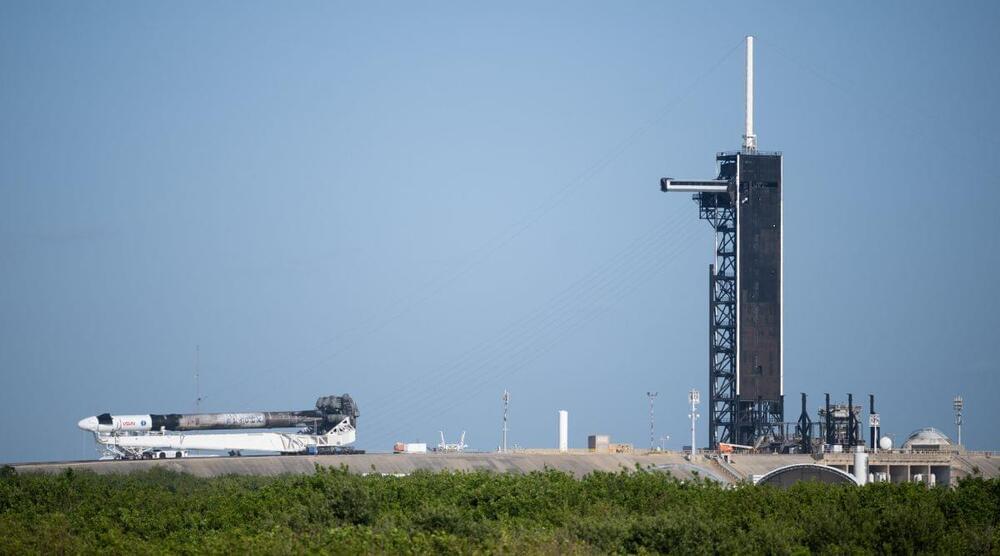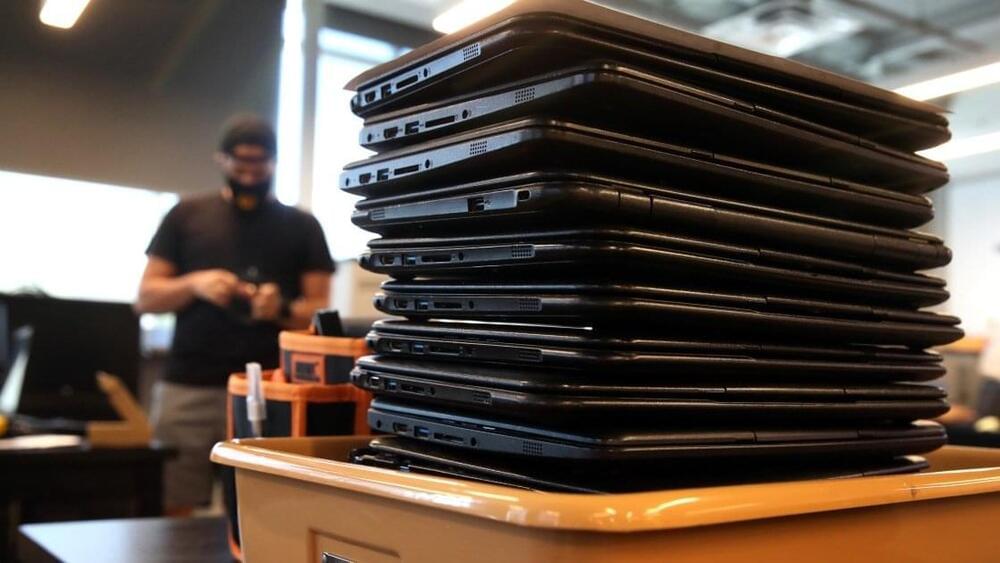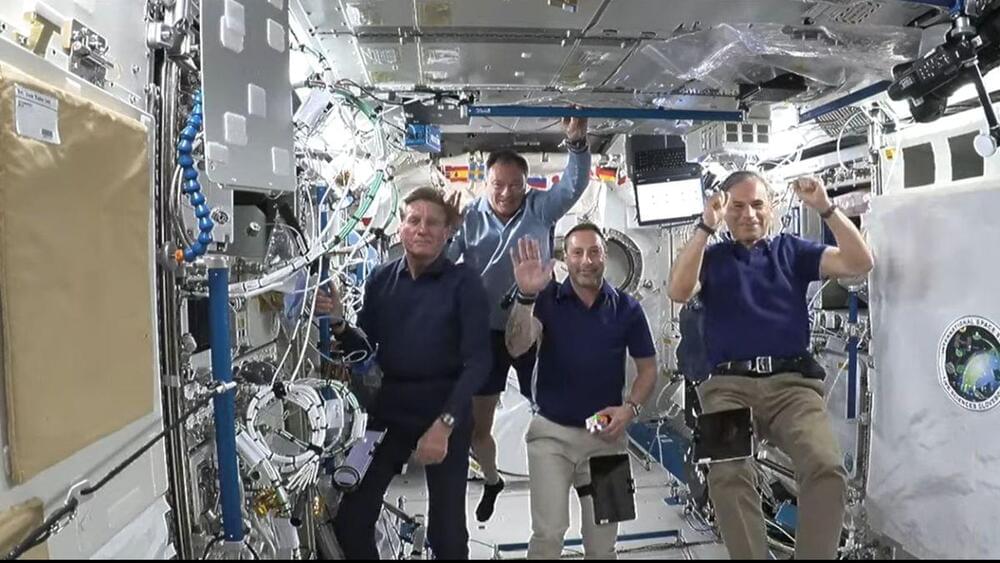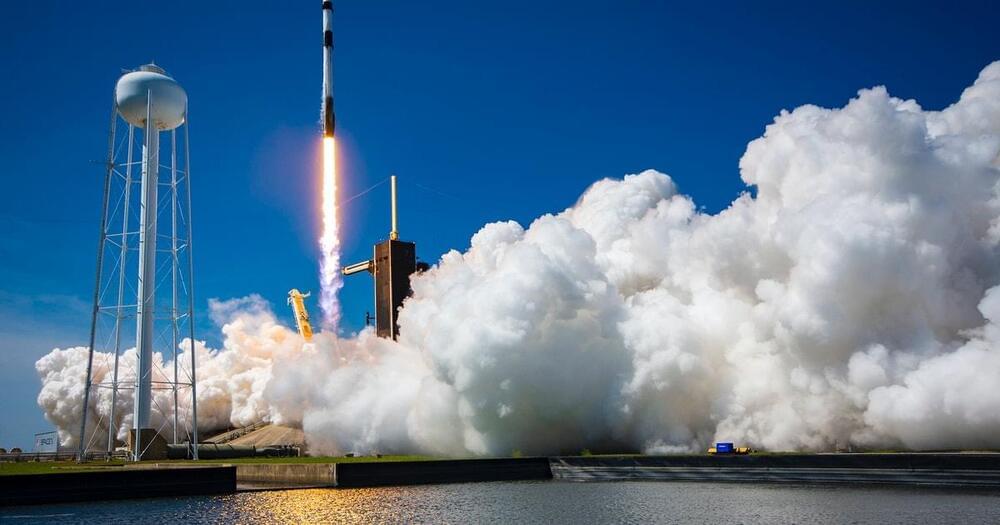Alan DeRossettPutin propaganda is dividing opinions on Elon Musk for helping Ukraine and standing up to the Fossil fuel industry.
Walter LynsdaleI’m all for people making billions through technical advancement (teslas, space X rockets, the dojo chip are all pretty cool), but he comes out with a fair amount of double speak:
“people aren’t having enough babies” vs “we can make a humanoid robot”… See more.
2 Replies.
View 8 more comments.
Shubham Ghosh Roy shared a link.






